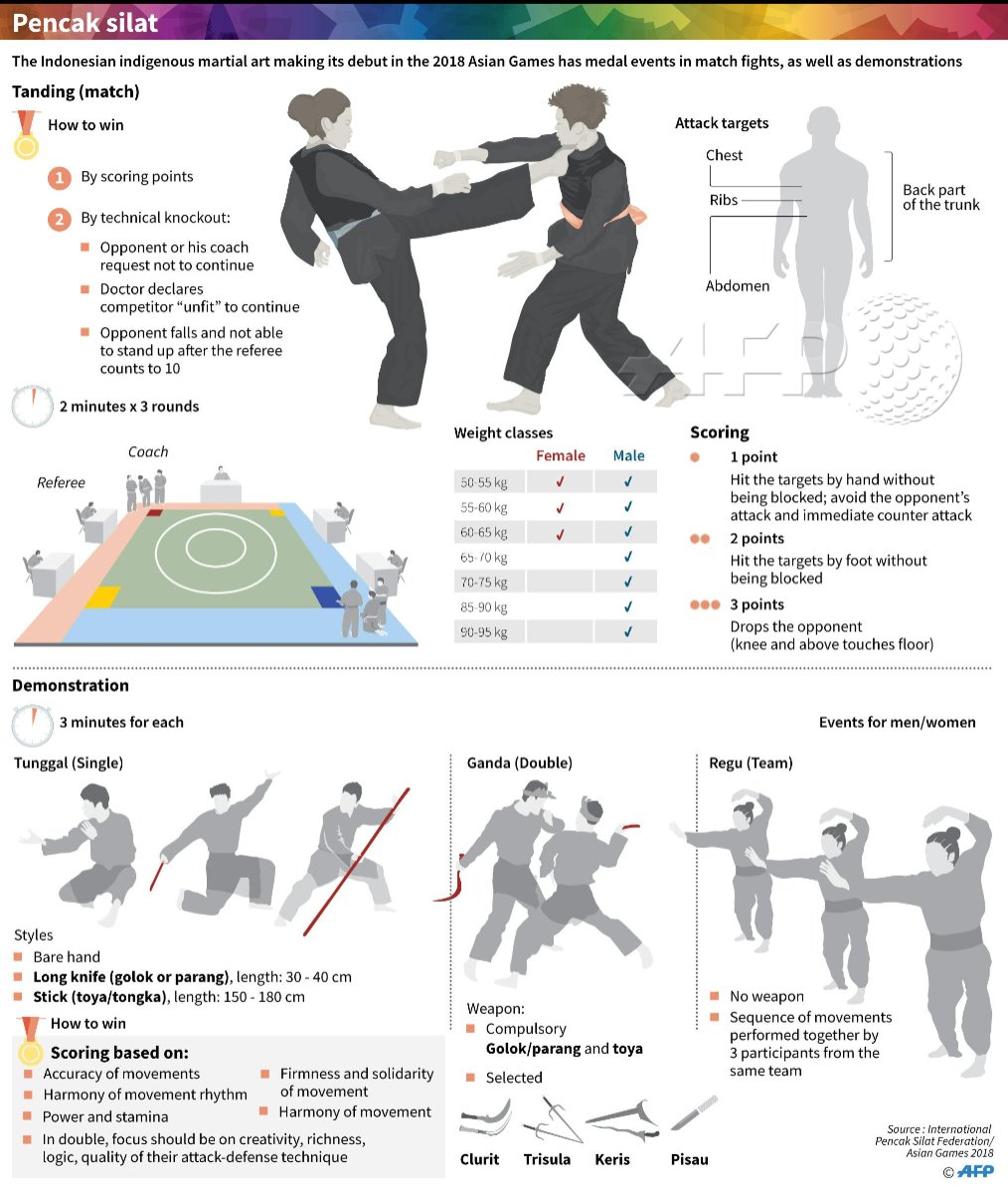In What Ways Do Traditional Martial Arts Focus On Discipline Contrasted To The Affordable Nature Of Modern-Day Combat Sports? Reveal The Fundamental Differences That Can Impact Your Trip
In What Ways Do Traditional Martial Arts Focus On Discipline Contrasted To The Affordable Nature Of Modern-Day Combat Sports? Reveal The Fundamental Differences That Can Impact Your Trip
Blog Article
Composed By-McGinnis Brady
When you consider martial arts, do you lean a lot more toward the conventional techniques or the modern battle sports? Each path uses one-of-a-kind advantages and experiences, formed by their viewpoints and training techniques. Traditional martial arts stress individual development and technique, while modern fight sports focus on competition and performance. Comprehending these distinctions can assist you in choosing the appropriate strategy for your journey. Yet exactly how do these differences materialize in training and approach?
The Philosophy and History Behind Conventional Martial arts
While many people connect martial arts with physical fight, the approach and background behind traditional martial arts run much deeper. You'll discover that these self-controls stress personal development, self-control, and regard.
Stemming from old practices, traditional martial arts were frequently established for Self-Defense and spiritual development. They embody principles such as equilibrium, consistency, and self-control, assisting specialists past plain battling skills.
As you train, you'll not only discover techniques yet additionally get understandings into the society and worths that shaped these arts. The routines and customs, usually given with generations, cultivate a feeling of community and belonging.
The Competitive Nature of Modern Combat Sports
Modern fight sporting activities have actually transformed the landscape of martial arts into an extremely competitive arena, where athletes challenge in a test of ability, method, and endurance.
You'll notice that competitors are often arranged with rigorous policies and laws, making sure fair play and safety. These events attract large target markets, fueling the excitement and strength of matches.
simply click the up coming website page train rigorously, not just for physical prowess however likewise for mental toughness, knowing that every detail counts in the ring. The adrenaline thrill throughout competitions is palpable, as competitors press their limits to assert success.
Followers value the athleticism and artistry included, making contemporary fight sporting activities a thrilling phenomenon that remains to advance and astound fanatics around the world.
Training Methods and Strategies: A Comparative Analysis
The competitive ambience of contemporary battle sports needs innovative training methods that differ substantially from conventional martial arts.
In contemporary training, you'll focus on details techniques, competing, and conditioning, often using drills that imitate real fight situations. You'll see a focus on measurable efficiency and regular competitors to evaluate your abilities.
On the other hand, traditional martial arts prioritize types, katas, and thoughtful mentors, usually emphasizing self-control and respect over competition.
Training is normally less intense and might entail repeated technique rather than real-time sparring.
While both methods construct skill and physical fitness, modern fight sports offer a much more dynamic and versatile training setting, preparing you for immediate difficulties in the ring or cage.
Pick the course that straightens with your objectives and passions.
Verdict
In choosing in between standard martial arts and modern combat sports, it truly comes down to what you value many. If you're looking for individual growth, self-control, and a sense of neighborhood, typical arts may be your best fit. Yet if is martial arts good for kids anger issues prosper on competition and real-time obstacles, modern combat sports could be the way to go. Eventually, both courses supply one-of-a-kind benefits, so it's all about aligning your training with your individual objectives and rate of interests.
